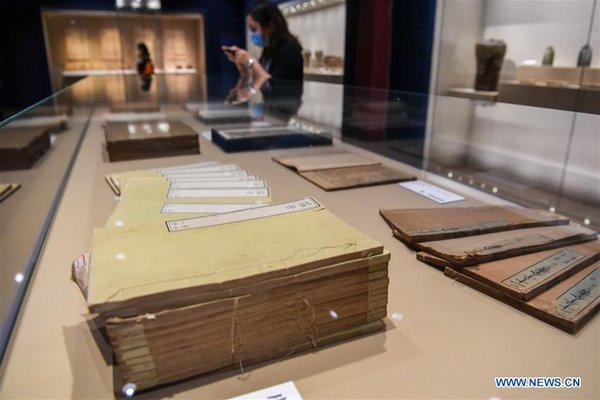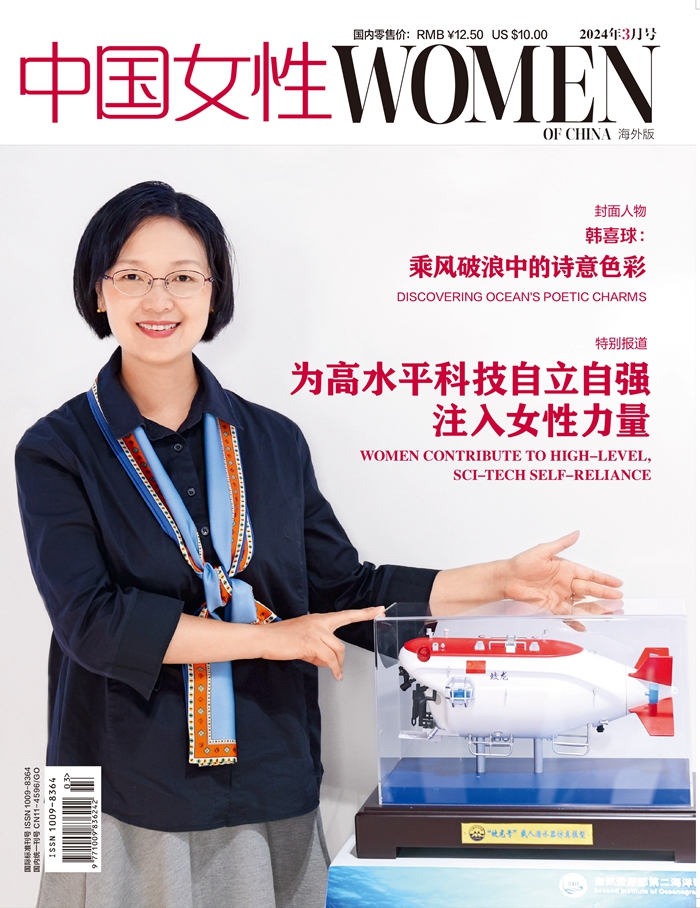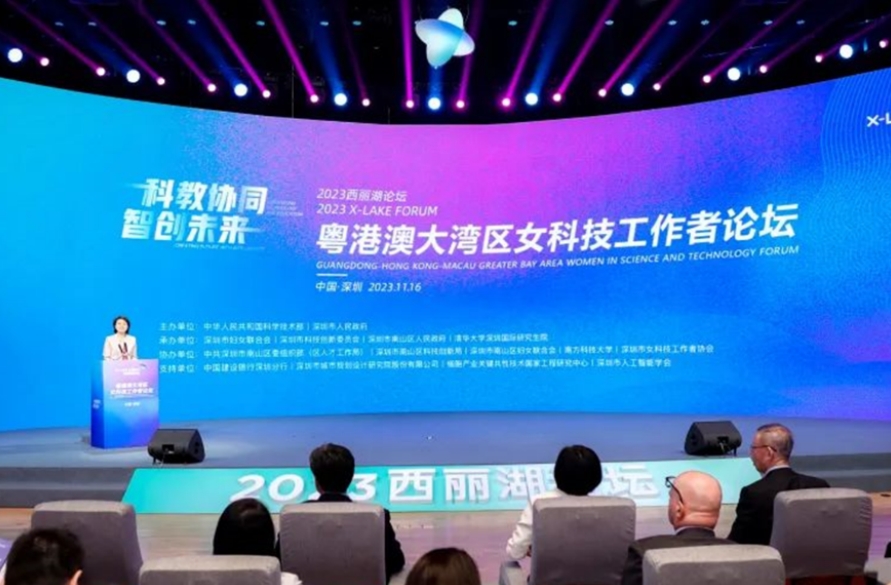Nanjing Museum Explores Ways to Conserve Paper Cultural Relics over Past 10 Years
 |
| A journalist takes photos of the exhibits during a special exhibition with a selection of cultural relics dating from the Spring and Autumn Period (770-476 B.C.) to the Qin and Han Dynasty (221 B.C.-220 A.D.) at the Nanjing Museum in Nanjing, east China's Jiangsu Province, May 17, 2020. [Xinhua/Li Bo] |
The Nanjing Museum in Nanjing, capital of east China's Jiangsu Province, has been constantly exploring possibilities for the preservation of paper cultural relics over the past 10 years, continuously yielding research results, enhancing preservation capabilities, and allowing ancient papers to shine even brighter thanks to the efforts of generations of cultural relics workers.
In 2014, the key scientific research base of paper conservation of the National Cultural Heritage Administration (NCHA) was established in the Nanjing Museum, and the museum's key laboratory of modern paper document deacidification preservation technology was approved.
At the Nanjing Museum, people who have been in the industry of cultural relics restoration for less than three years, including those who have majored in cultural relics restoration, are not allowed to directly touch cultural relics.
Chen Siyi, a cultural relics restorer at the museum, was apprenticed to a master restorer and established a concept of cultural relics restoration that aims to preserve the authenticity of cultural artifacts to better protect the information they contain and make them last longer.
In 2018, the cultural relics department of northwest China's Gansu Province sent some "mud lumps," which were actually paper lumps, to the Nanjing Museum for research purposes. Chen Siyi believed the microscopic fibers of the paper lumps were intact and hoped to restore them. It took her more than a month to disassemble the "mud lumps" into paper scraps, and several months more to put the paper scraps together to make a complete whole.
"A thin piece of paper carries historical information, and has been passed down from generation to generation. We also have the responsibility to pass it on," said Zheng Dongqing, director of the Nanjing Museum's Cultural Relics Preservation Department.
The Nanjing Museum has the task of developing deacidification and preservation technologies for modern paper documents. Many important revolutionary cultural relics are sent to the museum for treatment and preservation.
Zheng said that the museum's team has found it difficult to meet the massive demand for protecting the huge number of cultural relics.
With the development of technical capabilities, the team has increasingly recognized that the museum needs to become an "academy of sciences for cultural relics," and not just a "hospital" for them.
For many museums, protecting their cultural relics and physical archives requires professional guidance. "While restoring cultural relics, we also hope to cultivate teams and spread our experience," said Zheng.
In recent years, the Nanjing Museum has set up workstations in Gansu, Xinjiang and other places to help local cultural relics departments train cultural relics restoration talents.
Nowadays, young cultural relics restorers with different academic backgrounds such as materials science, analytical chemistry, pharmaceutical science, and microbiology, use professional instruments like electron microscopes and spectroscopic analyzers for cultural relics restoration. These instruments help them analyze the pulp composition and even the chemical composition of pigments of a piece of paper.
He Zichen, a restorer at the Nanjing Museum, said they used to have to rummage through the museum's paper warehouse to find a sample to repair a piece of paper and compare colors and thickness sheet by sheet. Failing to find a piece of suitable paper after two days of searching was not uncommon. "Now it's much more convenient with database retrieval," He said.
According to Zheng, the Nanjing Museum maintains the leading position in the protection and research of paper cultural relics in terms of hardware, software and research results.
The Nanjing Museum has established an index system for paper cultural relics, which will ensure quantitative evaluation of paper damage, trend prediction, and restoration measures in multiple dimensions in the future, said Chen Xiaoli, a researcher at the museum.
(Source: People's Daily Online)
Please understand that womenofchina.cn,a non-profit, information-communication website, cannot reach every writer before using articles and images. For copyright issues, please contact us by emailing: website@womenofchina.cn. The articles published and opinions expressed on this website represent the opinions of writers and are not necessarily shared by womenofchina.cn.








 WeChat
WeChat Weibo
Weibo 京公网安备 11010102004314号
京公网安备 11010102004314号